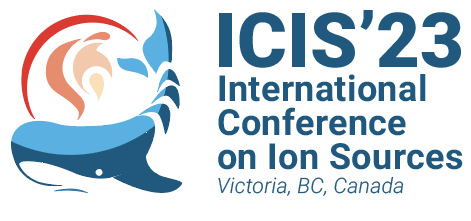Speaker
Description
An innovative ECR ion trap facility, called PANDORA (Plasma for Astrophysics, Nuclear Decay Observation and Radiation for Archaeometry), was designed for fundamental plasma processes and nuclear physics investigations. The overall structure consists of three main pillars: a) a large (70 cm in length, 30 cm in diameter) ECR plasma trap with a fully superconducting B-minimum magnetic system (Bmax = 3.0 T) and an innovative design to host detectors and diagnostic tools; b) an advanced non-invasive plasma multidiagnostic system to locally characterize the plasma thermodynamic properties; c) an array of 14 HPGe detectors.
The PANDORA facility is conceived to measure, for the first time, in-plasma β-decaying isotope rates under stellar-like conditions. The experimental approach consists in a direct correlation of plasma parameters and nuclear activity by disentangling - through the multidiagnostic system that will work in synergy with the $\gamma$-ray detector array - the photons emitted by the plasma (from microwave to hard X-ray) from $\gamma$-rays emitted after the isotope $\beta$-decay.
In addition to nuclear physics research, fundamental plasma physics studies can be conducted in this unconventional ion source equipped with tens of detection and diagnostic devices (RF polarimeter, OES, X-ray imaging, space and time-resolved spectroscopy, RF probes), with relevant implications for R&D of ion sources for accelerator physics and technology.
Several studies have already been performed in downsized nowadays operating ECRIS. Stable and turbulent plasma regimes have been described quantitatively, studying the change of plasma morphology, confinement, and dynamics of losses using space resolved X-ray spectroscopy, also measuring locally the plasma density and temperature. A fully virtual experiment joining PIC plasma simulations, dynamics of metallic isotopes injection in plasma and GEANT4 simulations modeling the response of the HPGe array and diagnostics tools is ongoing.
| Email Address | eugenia.naselli@lns.infn.it |
|---|---|
| I have read the Code of Conduct to attend ICIS2023. | Yes |
| Presenter if not the submitter of this abstract | Eugenia Naselli |

